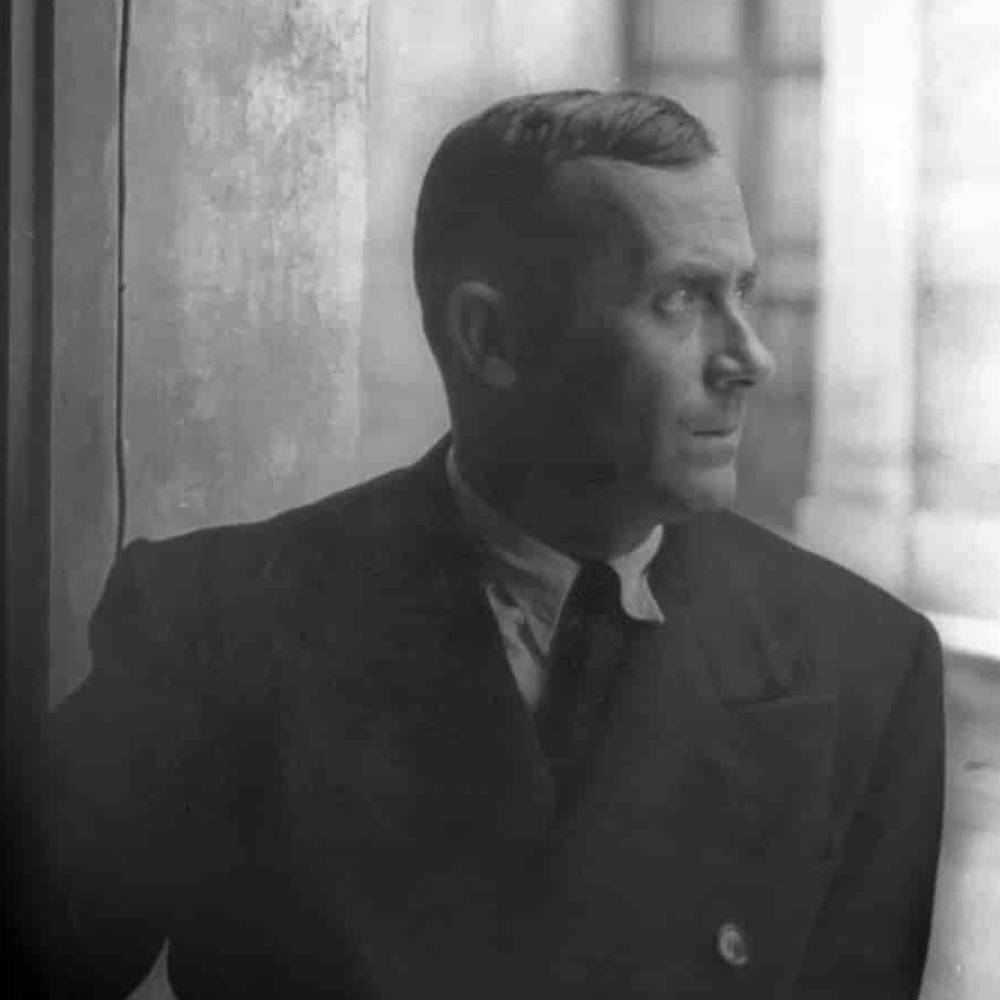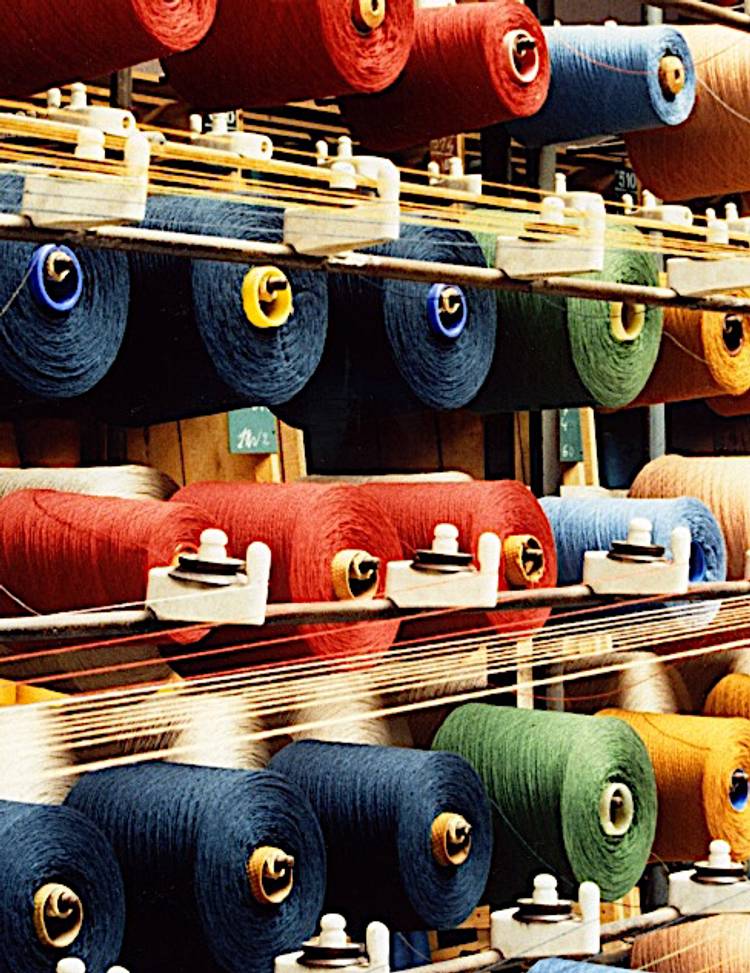Joan Miró was born in Barcelona in 1893. His work has been interpreted as Surrealism but with a personal style, sometimes also veering into Fauvism and Expressionism. He was notable for his interest in the unconscious or the subconscious mind, reflected in his re-creation of the childlike. His difficult-to-classify works also had a manifestation of Catalan pride. A museum dedicated to his work, the Fundació Joan Miró, was established in his native city of Barcelona in 1975, and another, the Fundació Pilar i Joan Miró, was established in his adoptive city of Palma in 1981.
A tribute to Pablo Picasso, Miró's great friend, the canvas 'Femme, oiseau, étoile (Homenatge a Pablo Picasso)' presents a composition displayed as if it were a collage, centred on three figures essential to Miró's symbology: the woman, a central figure refers to the link of human beings and their roots in the land, surrounded by the bird and the star, which symbolise poetic and spiritual attraction.


This work of art is reinterpreted in the workshops of Jules Pansu in the north of France using the jacquard technique that allows complex patterns to be woven that may include up to several thousand warp threads, allowing the faithful reproduction of the shapes and colours of the original. The impeccable execution of this tapestry is a tribute both to the artist himself and to the mastery of his weavers.
For four generations, the family firm founded in 1878 by Jules Pansu has carried on the centuries-old tradition of Gobelins and Aubusson tapestries. Pioneers in the use of Joseph Marie Jacquard's mechanical loom, they demonstrate enviable continuity, reinventing and adapting over time.
Since 2012, the Jules Pansu workshops have been considered "Living Heritage" by the French State, a mark of recognition that distinguishes French companies with craft know-how and industrial excellence.




